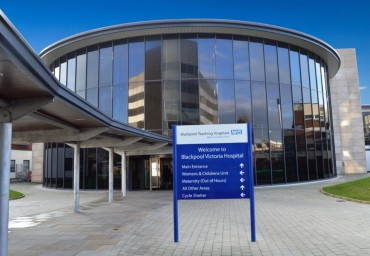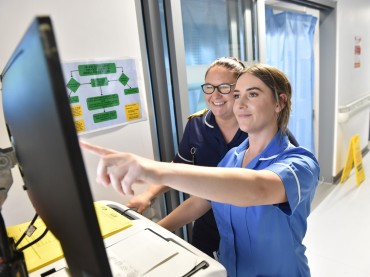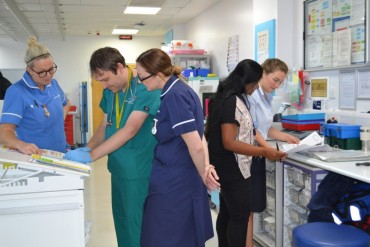Overview
This leaflet will help explain what will happen during your consultation in the pleural clinic for the insertion of your Indwelling pleural catheter (IPC) and hopefully answer any questions you may have.
We are aware this PDF are might not be accessible to all users. If you would like to request an accessible version, please contact bfwh.
Read our accessibility statement to learn more.



